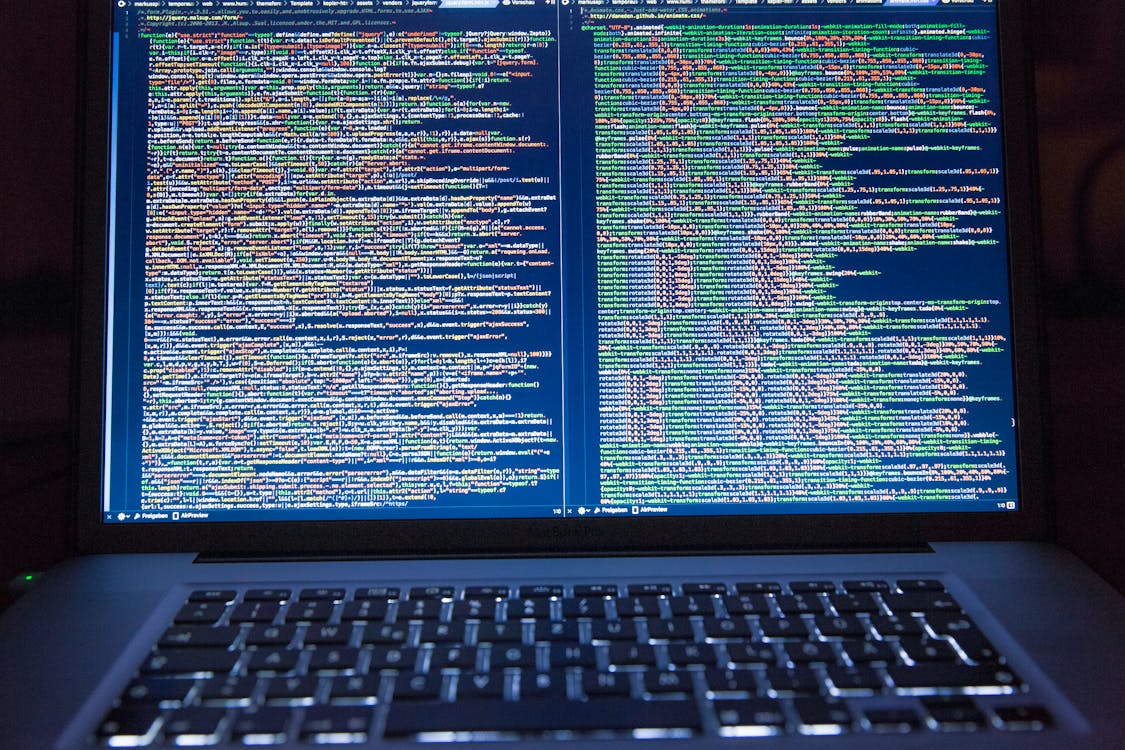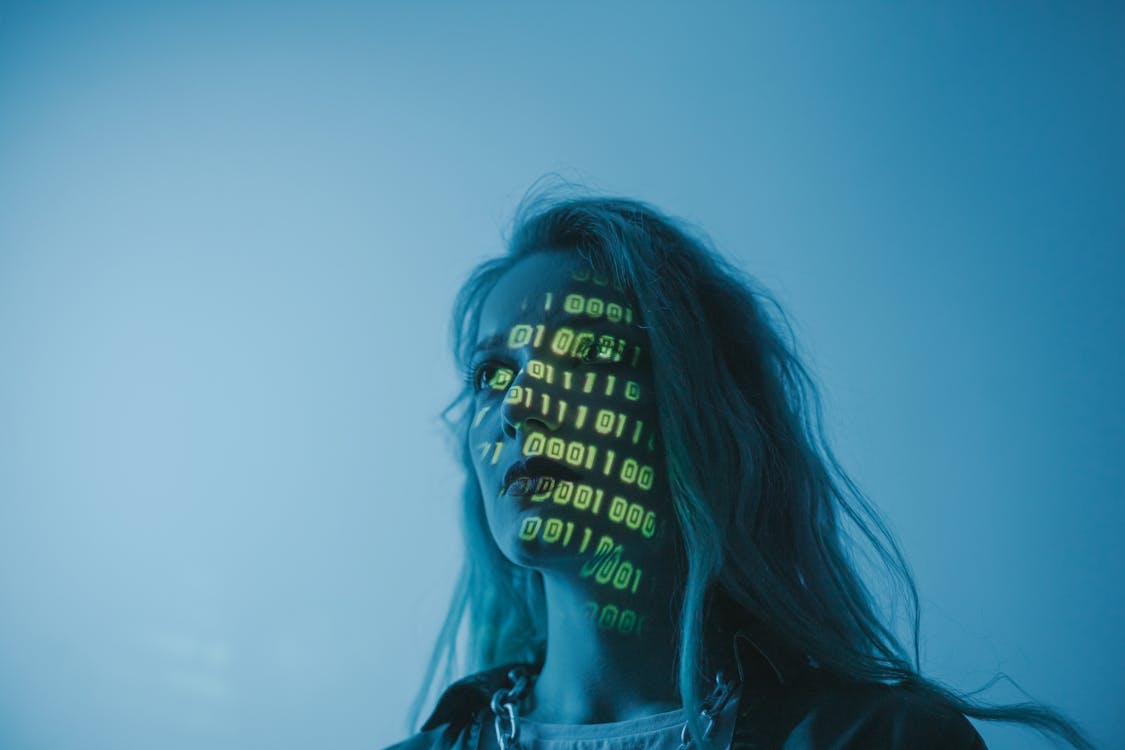Thank you for reading this post, don't forget to subscribe!

3. The Dark Web’s Dark Side: Crime and Underground Markets
This is where the scary stories come from. The Dark Web hosts:
A. Black Markets (Like the Old Silk Road)
- Drugs – From marijuana to fentanyl, sold with Bitcoin or Monero.
- Weapons – Guns, explosives, even hitman services (though many are scams).
- Stolen Data – Credit cards, Social Security numbers, hacked Netflix accounts.
Did You Know? The FBI shut down Silk Road in 2013, but copycats like AlphaBay and White House Market keep popping up.
B. Cybercrime Services
- Hacking Tools – Malware, ransomware-for-hire, DDoS attacks.
- Stolen Logins – Emails, bank accounts, even corporate databases.
- Fake IDs & Passports – High-quality forgeries sold to fraudsters.
C. Disturbing Content
- Illegal Pornography – Sadly, a grim reality. Law enforcement monitors these sites heavily.
- Murder-for-Hire – Mostly scams, but some cases have been real.
Reality Check: While this exists, most Dark Web users aren’t criminals—just privacy-conscious individuals.
4. The Bright Side: Why the Dark Web Isn’t All Evil

Not everything on the Dark Web is illegal or malicious. It also serves as a lifeline for:
A. Whistleblowers & Journalists
- Wikileaks originally used Tor to protect sources.
- Activists in oppressive regimes (China, Iran) use it to bypass censorship.
B. Privacy Advocates
- People avoiding mass surveillance (thanks, Edward Snowden).
- Secure email services like ProtonMail have Dark Web versions.
C. Legitimate Businesses
- Facebook, BBC, and even some news outlets have .onion sites for secure access.
Takeaway: The Dark Web is a tool—it’s all about how it’s used.

